Ice-Surface Mechanism and Technique in Winter Games
When it comes to winter games or outdoor sporting activities in winter, ice is usually an emphasis.
In fact, ice is a necessity towards enjoying a great outdoor event during winter.Whether it be picnics at a lake, ice-skating or an improvised fun-hockey sport on frozen lake rinks, sturdy ice is very important for such a great event.
But how is ice preserved, sustained and maintained for winter sports, most especially the current two-week 2018 Winter Olympic tournament going on in the Pyeongchang, South Korea?
Ice technicians spend a great deal of time working to prepare ice surfaces for key events such as curling, hockey, skating, bobsleighing and much more, in Winter Olympic tournaments.
The art and science of painstakingly converting a bare land into an ice-laden spectacle, while keeping the ice frozen and sustained for a sporting event is an onerous affair.
The chemistry and physics required for the procedure requires a very keen understanding of the properties of pristine and frozen precipitation.
Mark Callan, the official ice technician for the World Curling Federation, is one name that would be mentioned when it comes to the ice surfaces on the pitch for the 2018 games in Pyeongchang.
Callan is an expert ice technician who has functioned in that capacity for 25 years.
Callan is presently working in his second Winter Olympic tournament, and he gives an insight on the mechanism behind
Mechanism of maintaining frozen ice precipitate
Firstly, there needs to be a concrete floor. And the process of cooling the concrete floor commences until a cooling temperature of 23°F is achieved.
After the cooling of the floor at the specified temperature the technicians then begin to spray water on the surface to build the ice level up.
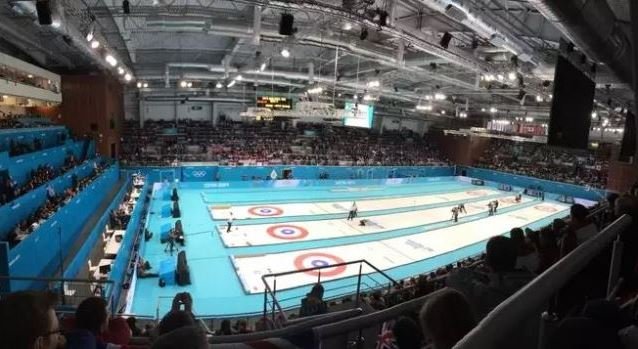
The nature of water matters too
For proper and suitable frozen precipitate, not any kind of water is used, because the surface of the curling ice needs to be even.
Given the obvious fact that event surfaces should be Olympic standard, the icing surface needs to be very even, if not, the sliding won’t happen correctly.In normal city water or tap water, there is usually the presence of chemicals used for treating the water, such as fluoride and cooline.
These chemicals usually pool together during freezing processes, and such pooling could cause a little ripple, leaving a little dent in the water. Therefore, to counter the effects of tap or city water on the ice surface, treated water is used.
The water undergoes two processes before being used – the process of reverse osmosis and de-ionization system. The two chemical processes help remove molecules and ions suspended in the water, ensuring that the purest H2o emerges on the concrete surface.
Painting of the Frozen Ice
Once the ice has been successfully generated and levelled to satisfactory levels, the technicians move to the phase of painting the ice surface to achieve the TV-friendly shine and glow.
After the painting, the game-markings and demarcations are layered. On completion, the team then sprays small droplets of water across the solidified surface, creating a form of lubrication for the sporting stones as they slide across the surface.
Maintaining the icy chill
The work of icing up a surface, creating a treated frozen precipitate and the painting of the surface seems like the elementary activity.
After the above phase is carried out, the aspect of maintaining a consistent chill becomes a new challenge, given the large number of spectators arriving for events.
Some of the issues that could arise as spectators arrive include ‘body heat’.
And owing to the arrival and departure of about 3,200 spectators for each game, the building and ice surfaces experience a significant environmental alteration and therefore require a complete start-over of the ice build-up and chill maintenance.According to Mark Callan, when the building is near empty except for the technicians and maintenance crew, temperature is relatively stable and air flow stops. However, as the crowds surface via the repetitive opening of doors, along with their body heat, the entire facility experiences a warming up.
The floor coolers ensure that the ice surface won’t completely melt off. But the sharp increase in temperature can have harmful and risky effects.
Trouble of Frost
Another challenge with the ice surface of curling events is frost. This is because frost forms when water in the air solidifies on the surface, in the form of ice. They aren’t as troublesome as the pristine surface sort after for the events; however the frost can disrupt a perfectly smooth surface of the event field.
Once frost occurs on the ice, the stones don’t shuffle or slide well; they experience breaks, stop quickly and do not curl uniformly.
The positive aspect of the pain-staking procedure is that dehumidifiers in the facility aid in the maintenance of an equilibrium in the arena.
Conclusion
Virtually all the processes involved in the icing, ice surface validation, maintaining ice-chill, etc., is geared towards providing a suitable sporting and competitive surface for the best team to win, and not because the winning team was able to manage the surface or facilities conditions best.
Reference: r1, r2, r3, r4
Thank you for your time and for reading my post.
If you found this post interesting, then kindly UPVOTE, RESTEEM and FOLLOW @rickie, for more quality posts.
You Can Check Out My Other Posts Below:
- A future without traffic delays is now possible with Drone Taxis
- Facial Recognition Technology: China's FR System Aiding the Arrest of Criminals
- The Science of DNA Extraction, and the use of Sodium
- The future of wireless communication hinges on Terahertz frequencies
- [Sansanmycin Uridylpeptide]: The New compound from Soil Bacteria to eradicate Tuberculosis
- Monitoring Diabetes Just Got A Little Bit Easier With Nanotechnology

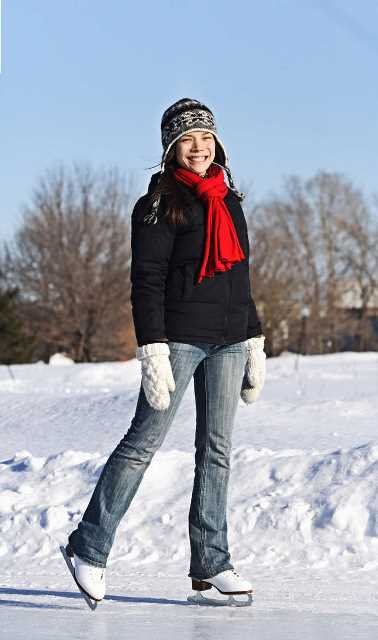
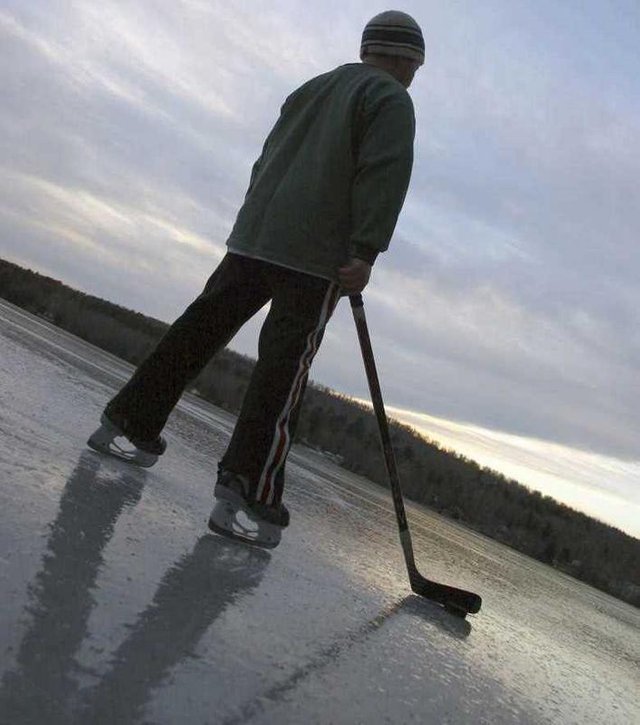
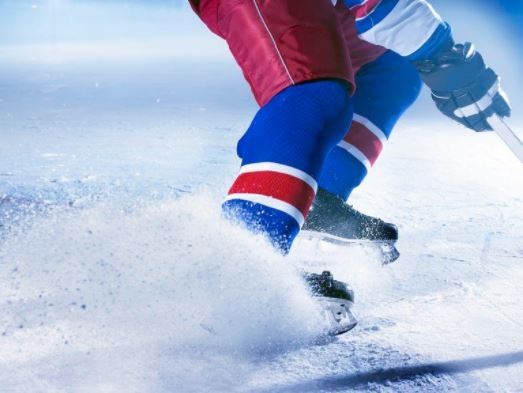
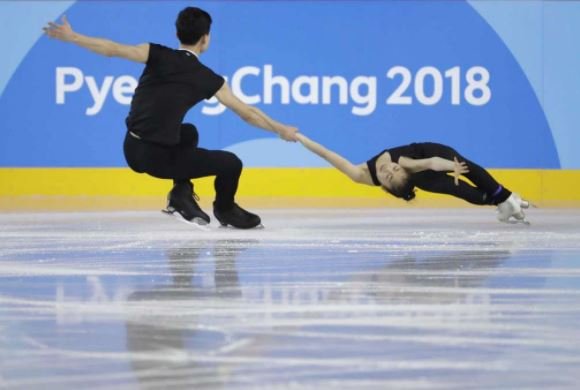
Great articles.
Wow, so there is a lot more about ice and winter.
I never knew it requires a lot of process has this, i taught snow would fall and everything would stack up itself.
Thanks for sharing, now i know.
As a follower of @followforupvotes this post has been randomly selected and upvoted! Enjoy your upvote and have a great day!